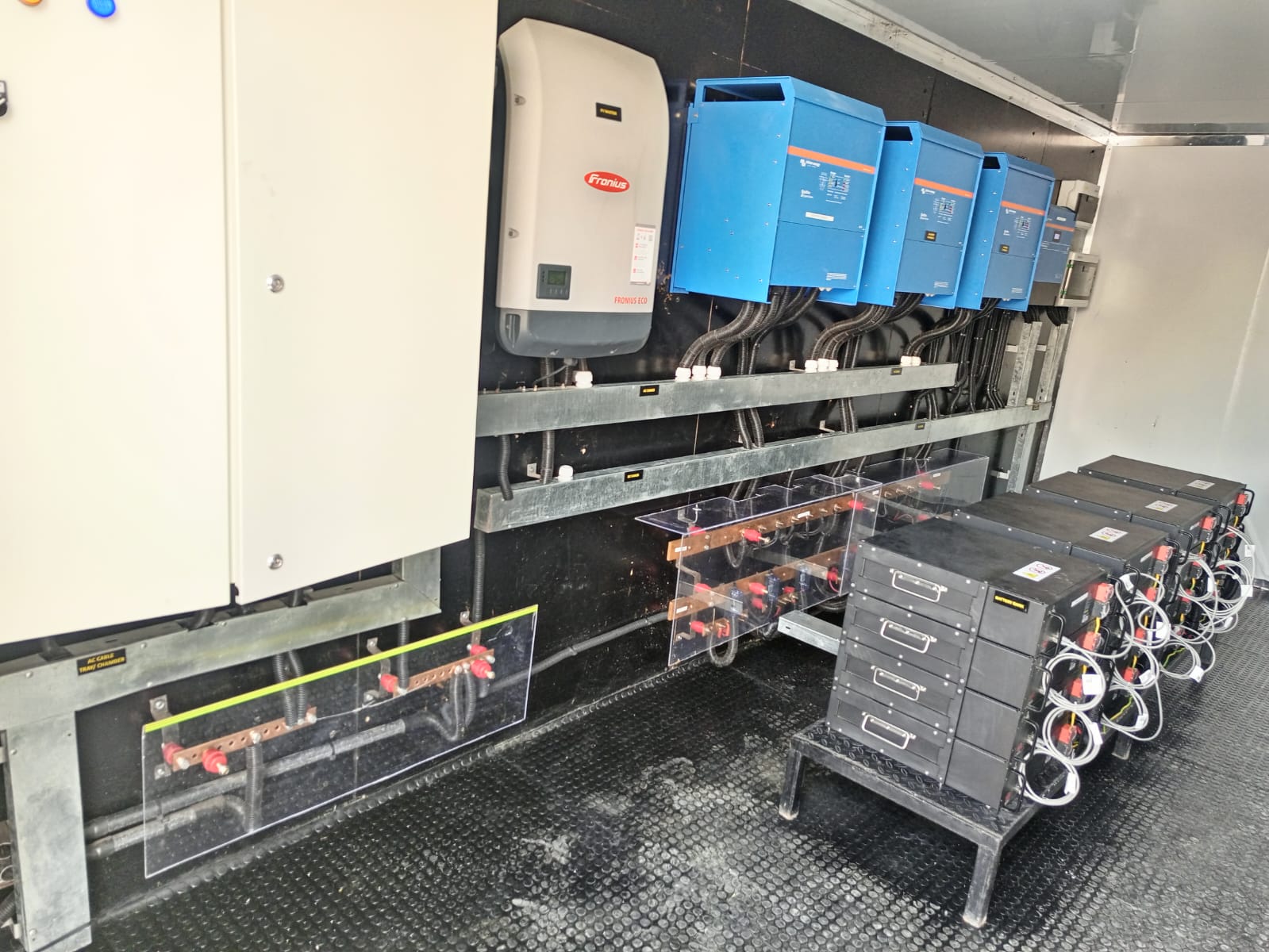Service Details
Requirements for Designing a Commercial Solar SystemDesigning a commercial solar system involves several technical, logistical, and regulatory considerations to ensure efficiency, compliance, and cost-effectiveness. Below are the key requirements:1. Site Assessment
Roof or Land Evaluation: Assess the structural integrity of the roof (for rooftop systems) or available land for ground-mounted systems. Check for shading from trees, buildings, or other obstructions.
Solar Irradiance: Analyze local solar potential using tools like PVWatts or weather data to estimate energy production.
Space Availability: Determine the area available for solar panels and ensure it meets the energy demand.
2. Energy Needs Analysis
Load Profile: Review the business’s historical energy consumption (kWh) and peak demand (kW) to size the system appropriately.
Future Growth: Account for potential increases in energy usage due to business expansion or new equipment.
Critical Loads: Identify essential operations that require backup power (e.g., via battery storage).
3. System Components
Solar Panels: Choose high-efficiency panels (monocrystalline or polycrystalline) suited for commercial-scale output. Consider tier-1 brands for reliability.
Inverters: Select string inverters, microinverters, or power optimizers based on system size, shading, and budget. Central inverters are common for large systems.
Mounting Systems: Design mounts for rooftops (ballasted or penetrated) or ground installations, ensuring compliance with wind and seismic codes.
Battery Storage (Optional): Include batteries (e.g., lithium-ion) for backup power or peak shaving, based on business needs.
Monitoring Systems: Integrate real-time monitoring for performance tracking and maintenance alerts.
4. System Sizing and Design
Capacity: Size the system (in kW or MW) to meet a percentage of the business’s energy demand (e.g., 50–100% offset).
Panel Layout: Optimize panel placement for maximum sunlight exposure, considering tilt angle and orientation (azimuth).
Electrical Design: Ensure compatibility with the building’s electrical infrastructure, including switchgear, transformers, and metering.

